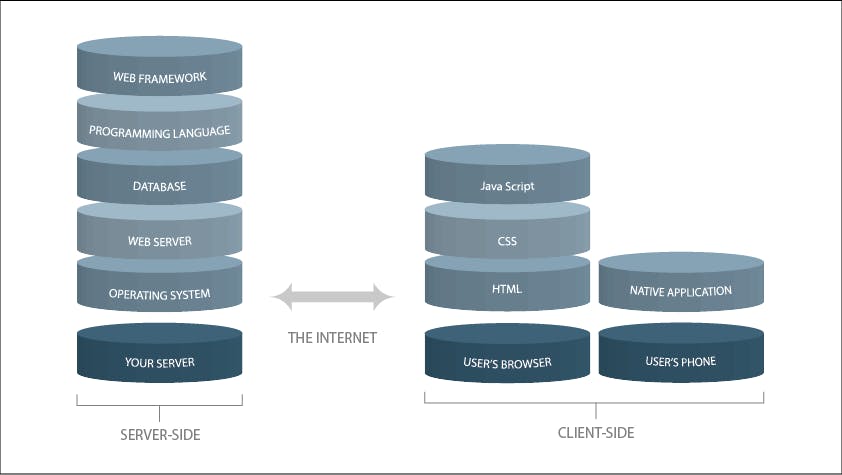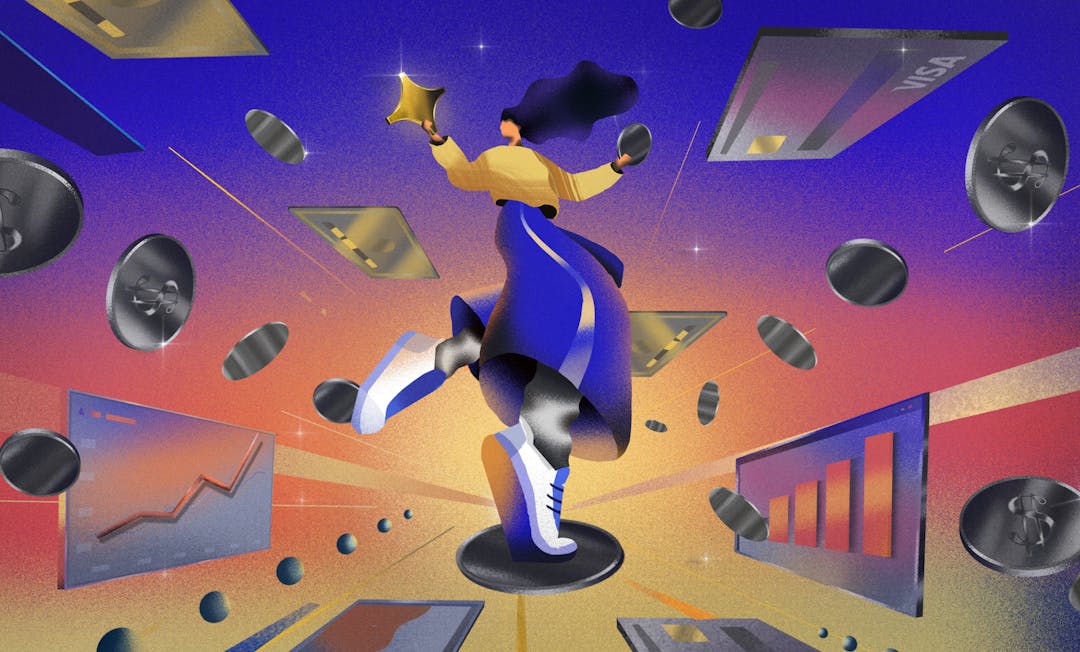Security is a primary concern in today’s SaaS market. In the past decade, there’s been a fundamental shift in how companies do business online, and many customers still don’t trust or understand the changes that have occurred. Building credibility as a cloud-based business is harder than ever.
To alleviate the distrust of nebulous subscription payments, SaaS companies need a strong focus on keeping customer data secure and communicating that security to their users. Just understanding the concern exists isn’t enough—you need concrete security measures in place that customers can understand.
We’ve put together some basic information and best practices on SaaS security to help you get started with securing your subscription company. Let’s dive in!
What is SaaS security?
SaaS security refers to the data privacy and safety of user data in subscription-based software.
Every day, SaaS companies access, manipulate, and analyze scads of customer data. If you fail to keep that data safe as a SaaS founder, it will have a direct and lasting impact on your user experience.
To ensure the safety of customer data, regulatory bodies have issued security guidelines, including GDPR, EU-US and the Swiss-US Privacy Shield Frameworks, that are mandatory to follow as a SaaS company. Doing so ensures that whatever data your product has access to, it’s kept secure in a way that customers can understand—whether you’re dealing with internal or external issues.
3 layers of SaaS security
With proper security measures in place, you’re more likely to protect customer data from outside attack. These measures you put in place should be threaded throughout your technology stack.

Anatomy of a tech stack via Hackernoon.
Think about your technology like a layer cake, where each part of your stack builds on the next to create a secure environment.
Infrastructure
Infrastructure is the software used in the lower part of your technology stack. From AWS and cloud storage providers to hosting companies and internal servers, building a secure SaaS product starts at this base layer.
To maintain security at this level, you need to vet each provider you use and ensure that every point of connection between providers is correctly initiated and consistently maintained. Maintaining compliance is a shared priority for both you as the customer and your provider.
Network
Moving a bit further up the server-side stack, network security ensures that whenever someone accesses your product, that connection is secure. It’s one of the most vulnerable to attack from malicious actors. Make sure you have automated processes in place to identify, log, and send alerts for potential issues.
If you’re worried about your network security, look into third-party penetration testing companies and security consultants to facilitate your evaluations
Application and software
This layer cross both the server-side and client-side parts of your technology stack. We all use software and third party applications to capture, manage, store, and analyze customer data. SaaS security needs to focus on this layer whenever you’re working with other companies to maintain compliance across the board.
Much like your infrastructure, it’s important to vet the applications and software you use to ensure there aren’t potential points of failure. Using a software security and licensing platform like Pace AP can help protect subscription software.
6 SaaS security best practices that keep your product safe
Whether you’re vetting a new tool or rolling out a new feature, it’s important to consider how those changes will impact your SaaS security. Keep the following best practices in mind to ensure your data privacy and security.
1. Encrypt your data
Encryption should be the top priority through every layer of your technology stack. Proper encryption ensures that in the event of a breach, customer data isn’t immediately out there for all to see.
With high-profile leaks like Cambridge Analytica happening more often, customers are increasingly concerned with their data privacy. Let customers know your product is always keeping their sensitive billing information safe by communicating your encryption policies.
There are many common encryption protocols to use, each ensuring that the data you rely on isn’t stored in plain text.
2. Make privacy a priority
Privacy and security statements are required by most compliance and regulatory protocols, but that’s not all they’re good for. By creating a robust statement for your own product, it educates both your team and your customer in how to handle valuable data.
Work with your development and legal teams to define the specific information that should be included in your own privacy policy.
3. Educate your customers
According to Gartner research, customers will be responsible for 95% of cloud security failures by 2020. Whenever you onboard new customers or push important updates to current ones, make sure that you’re actively reaching out to let people know how it will impact their security.
More and more SaaS companies are moving to an entirely cloud-based infrastructure and most customers don’t understand the implications of this move. Make sure your customers know how to keep their information safe to minimize security issues.
4. Back up user data in several locations
Lots of businesses aren’t prepared for data breaches, which makes effective customer data management very important. Backing up your data in several locations ensures that no single system failure will damage your security.
Many cloud platforms SaaS companies rely on will provide this functionality as a part of their product, but you need to be diligent with backups to avoid potentially disastrous losses of customer data.
5. Consult a cyber-security firm
Third-party security firms can provide valuable industry insight into what you need to do to keep your platform secure. Their testing protocols ensure that your software, network, and infrastructure is kept safe at all times. As you’re building out your product, these third-party providers can also help you create plans for if/when a breach occurs.
6. Require stronger passwords
Even when they understand the risk of this practice, many people still use the same password for every login. Prevent users from making their data vulnerable by requiring strong passwords when they create accounts. Consider setting up authentication protocols and case sensitivity guidelines.
As the subscription economy continues to mature, a focus on security will only become more important. Always evaluate your current protocols to make sure you’re staying compliant as your company grows.
Understanding SaaS security keeps your customer safe
With a strong focus on SaaS security, you build trust in your product and foster an ecosystem that customers feel comfortable using. As people become more well-versed in their personal security, more secure products will also be more attractive to buyers.




